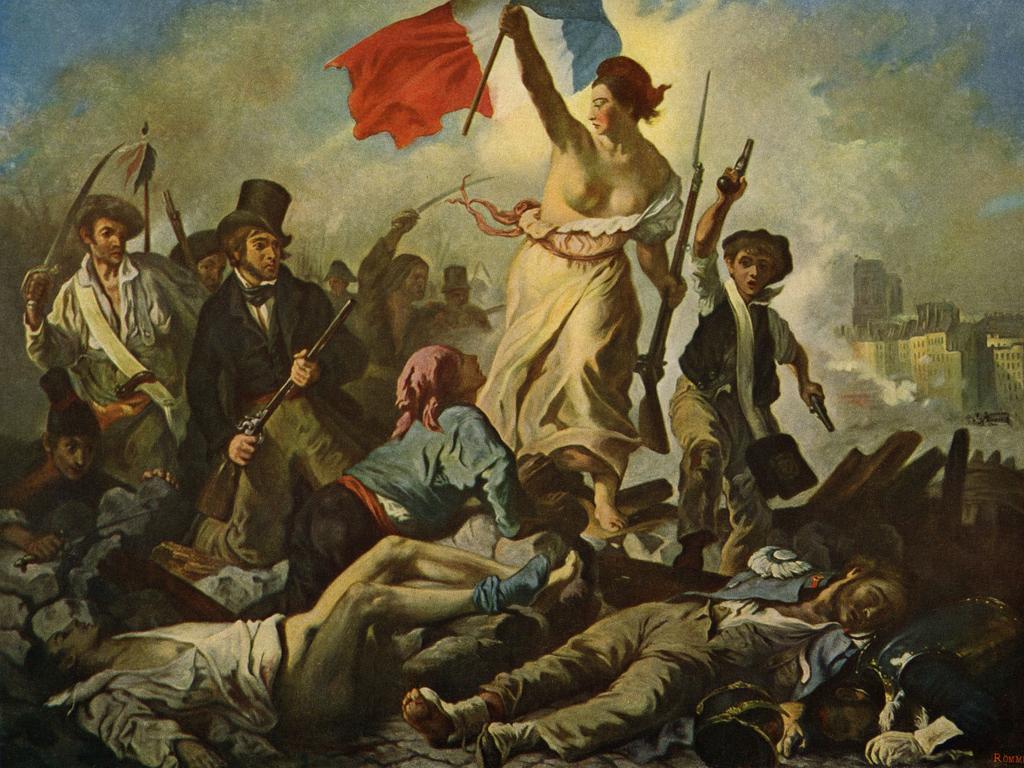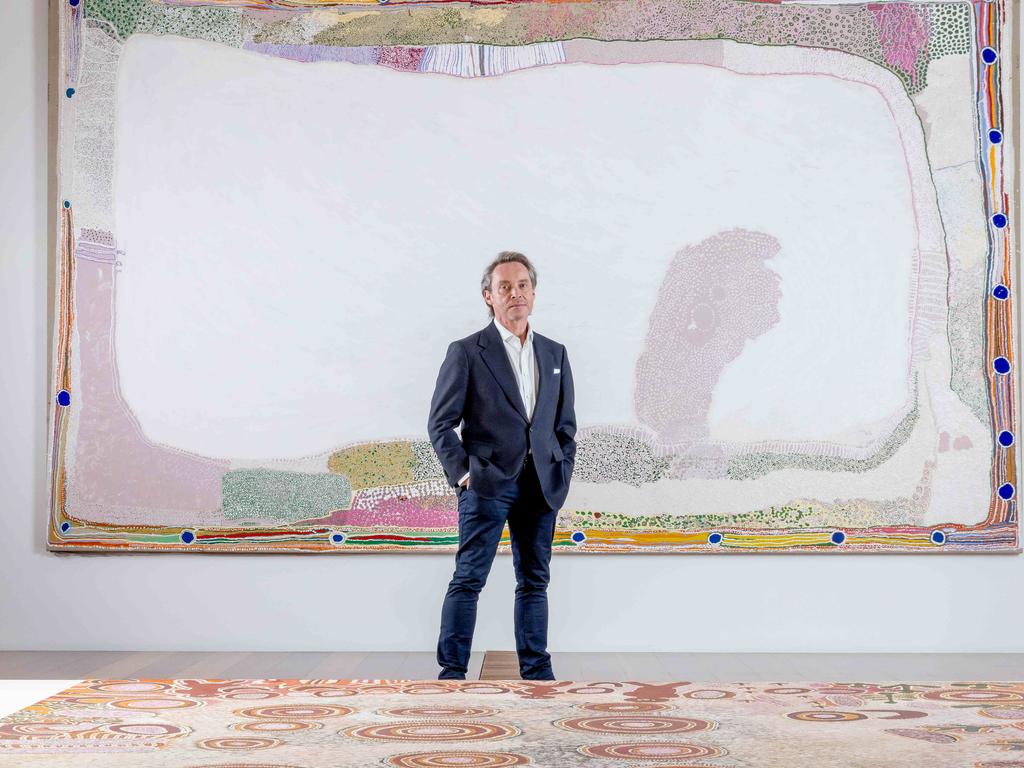London’s Natural History Museum returns remains of 36 Indigenous ancestors
The remains of 36 Aboriginal and Torres Strait Islander people will be flown back to Australia at the weekend before a special ceremony on Monday at the Queensland Museum.

The remains of 36 ancestors will be returned to Indigenous communities and the care of the Queensland government after a ceremony hosted by the Natural History Museum in London on Thursday.
Six of the ancestors have been identified and will be returned to their communities in the coming days: one to the Woppaburra community; one to Warrgamay community; two to Wuthathi community and two to Yadhaigana community.
The other 30, all believed to have come from Queensland, will be returned under Australian Government stewardship so they can be cared for closer to home, until such time as their traditional custodians can be identified.
“It breaks my heart,’’ one of the elders, Thomas Holden posted to his Warrgamay community.
“They are unknown remains, it’s heavy to take on, we have to carry them fellas back and I am thinking about cultural safety, thinking about the mob and how there is more work to be done.”
For Mr Holden, the handover at the Natural Science Museum was highly emotional and personal. The skull and femur bones of his direct descendant King Billy were being returned after his grave had been raided in the early 20th century.

He said the removal of the ancestors from their resting places was an act of deep disrespect which severed spiritual and cultural connections to country.
“For generations, our people have carried the pain of knowing that our ancestors were taken from us, their remains held in institutions and collections far from home,” he said, adding that the repatriation was about “reaffirming our sovereignty, our rights, and our deep cultural and spiritual obligations to care for our people, even in death.”
Mr Holden said it was important for young people to see the strength in Aboriginal traditions and that they understand the significance of burial grounds and that they continue the work of protecting and respecting ancestors.
Over the past 30 years more than 1775 Aboriginal and Torres Strait ancestor remains have been repatriated from across the world, including more than 1300 from collecting institutions and private holdings in the United Kingdom. Around 200 such remains have been repatriated from the Natural History Museum London over the past six years.
Woppaburra representative, the prominent Indigenous actor and director Wayne Blair, said the repatriation of the remains embodies reconciliation and healing.
“You are not returning science specimens, you are returning ancestors to their families, their descendants, whose eternal pain of loss brings healing,’’ he said.

“Repatriation and the return of ancestors, is the only open door for reconciliation to truly begin healing for injustices of the past, for First Nation Elders and communities across Australia.”
Wuthathi community representative Keron Murray added that the repatriation allows the community to fulfil cultural obligations and helps heal intergenerational trauma caused by their removal.
“It allows us to fulfil our cultural obligations, honour our Old People, and ensure their spirits can finally rest where they belong,’’ he said.
“This process strengthens our community, reinforces our identity, and helps heal the intergenerational trauma caused by their removal.”
Dr Doug Gurr, director of the Natural History Museum said museum staff undertook a detailed archival research to explore the provenance of the ancestors and shared a report with the Australian government who then approached the communities and representative groups.
“It was a privilege for the Natural History Museum to host traditional custodians from the Warrgamay, Woppaburra and Wuthathi communities, alongside colleagues from Queensland Museum and the Australian government and High Commission,’’ he said.
“The special ceremony was a deeply poignant moment, following close collaboration with the Australian government to reunite the communities with their ancestors.”
The remains will be flown back to Queensland at the weekend with a special ceremony happening on Monday at the Queensland Museum.







To join the conversation, please log in. Don't have an account? Register
Join the conversation, you are commenting as Logout